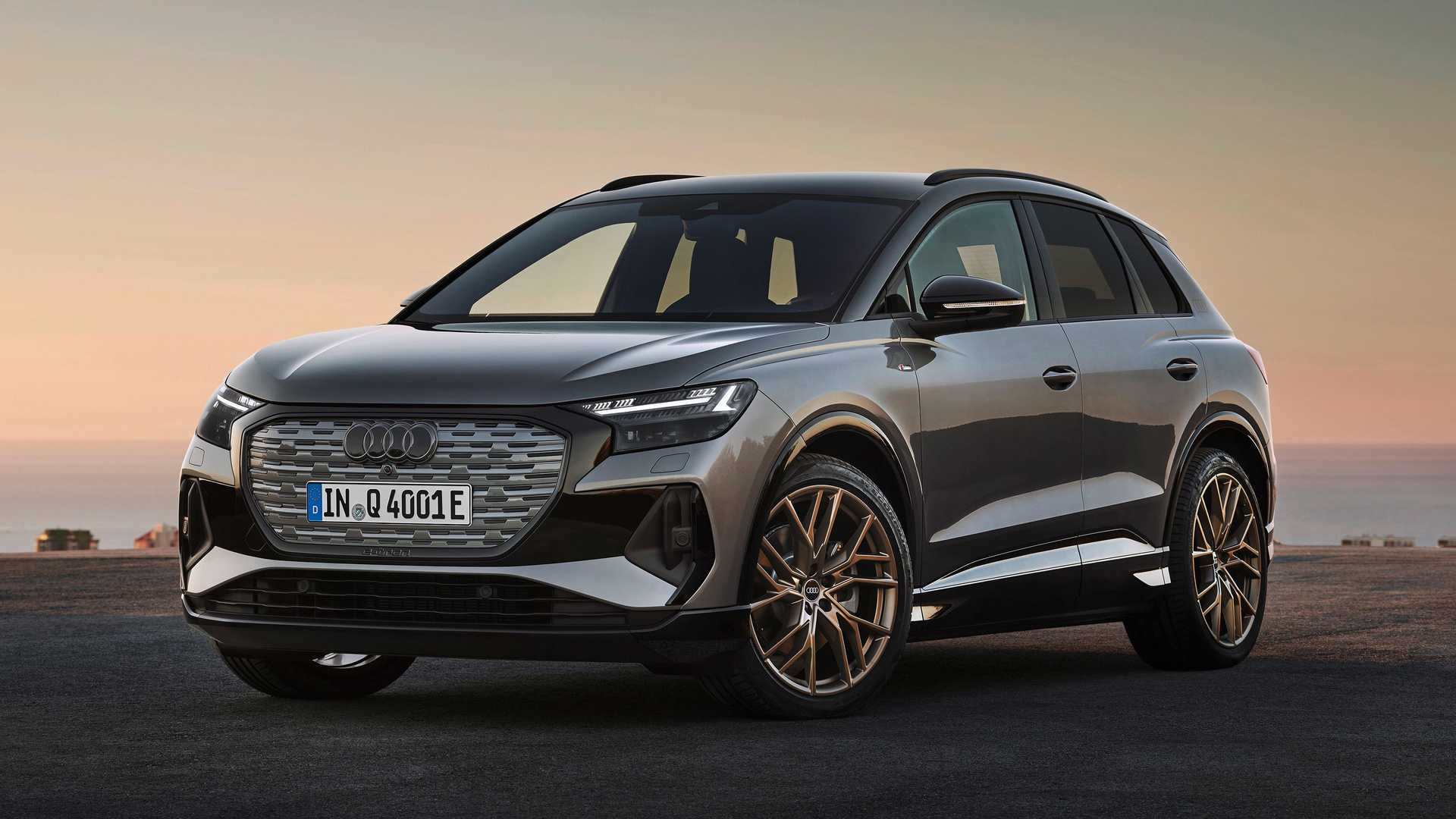
Why is FCV better than BEV?
Before we get into the better than conversation let’s spell these out. An FCV is a fuel cell vehicle and refers to a vehicle that operates on hydrogen fuel in order to give you the range you want and the fueling you need. A BEV is a battery electric vehicle which can be charged up each night to give you the driving range of the battery cells in the car. These two types of vehicles are both zero emissions vehicles (ZEV) to give us the best way to drive without polluting the air, but an FCV has some distinct advantages.
When you purchase a BEV and it doesn’t have a gasoline backup you need to make sure you’re going to have enough charge to get to the next charging station or get home. Charging at the station will require a long wait, even if no one else is in front of you, but if there is someone in front of you the wait will take a while. When it comes to charging at home, many owners of BEV models choose to change their home electrical system in order to make sure you can charge at your home rather than only on the road.
The differences for these two features in regards to an FCV are important and impressive. First of all the refueling of an FCV is similar to filling up a car that takes gasoline. You’ll be in an out of the refilling station in as little as ten minutes and ready for the ride on the road. As for the range, the FCV models on the road (there aren’t very many) give you an average of the last eight fill ups and the range you reached to help you know you have a safe range of driving.
Right now the drawbacks for an FCV happen to be the scarcity of the infrastructure. Those who want to own a Toyota Miria, for instance, have to go through an interview process to find out if they live and work within a good range of the refueling stations. Right now these vehicles are only sold in the West Coast, but this doesn’t mean that you are within range of a refueling station or this car will be right for your lifestyle. One advantage is Toyota is building more refueling stations for FCV models so that more people can own them and have the ride they want.
Another advantage for an FCV over a BEV is the weight and strength of the vehicle. In order to provide more range in BEV many automakers have taken out most of the weight wherever they could. This means doors feel hollow, the car feels too light at times and it’s not as substantial because the weight of the battery pack has to be offset in order to balance out the ride. An FCV doesn’t have to be hollowed out in this way because it’s no heavier for a hydrogen tank to be in place than for the gasoline tank of a regular car.
As the infrastructure is built to be larger for the FCV models that are being offered on the road for the future these vehicles may become more commonplace. Until a BEV model is made that can be fully charged in as little as ten minutes these vehicles will always have the drawback of the time it takes to charge compared to a refueling of an FCV. Hopefully the FCV models will start making their way toward the east for more of us to drive and enjoy on the road, these clean burning models can certainly be the future of the automotive industry.
This post may contain affiliate links. Meaning a commission is given should you decide to make a purchase through these links, at no cost to you. All products shown are researched and tested to give an accurate review for you.




